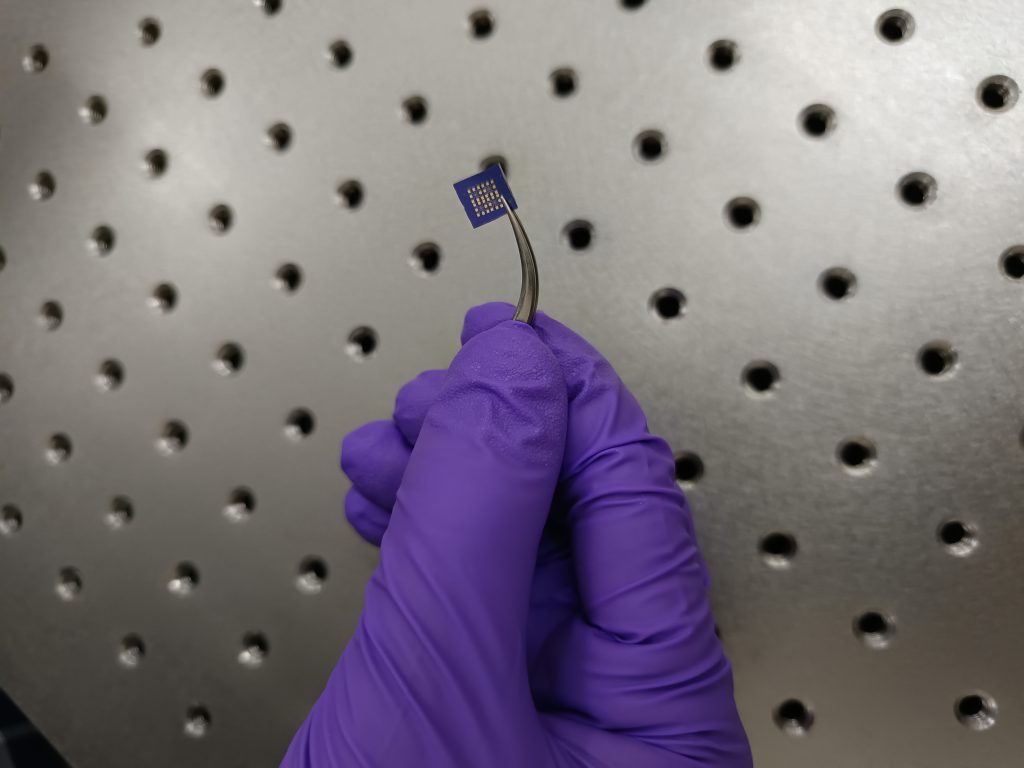
From WhatsApp messages to bank transactions, communication between humans has moved largely online. But the task of securing these communications is not simple.
Today, secure communication is characterised by confidentiality and authenticity. Confidentiality involves ensuring that the message is passed to the receiver safely, and authenticity involves using tools or mechanisms to verify that the message received is from a trustworthy source.
Cryptographic systems secure messages by replacing them with a random set of numbers that are hard to guess. Among the earliest systems developed is public key encryption, which uses a pair of number keys to encode and send messages. The receiver uses another secret key called the private key to read the message. However, public key encryption is not entirely secure.
Soon, people began using private key encryption – exchanging messages using the same private key known only to the sender and receiver. However, to prevent hackers from cracking this key, it needs to be truly random.
A classical computer usually generates a random number sequence from an input provided (called seed) using algorithms. But at some point, the computer can ‘recycle’ the same number, making it harder to maintain randomness. These sequences, called pseudo-random numbers, are vulnerable to hacking and eavesdropping, especially with the emergence of quantum computers.
As computers are limited in their ability to generate random numbers, scientists are now turning to physical phenomena to generate random numbers that are genuinely hard to guess. Among the most famous examples of such phenomena are the random noise generated by an old TV screen when the cable connection goes off, and the changing sound of a radio when a magnet is kept near it. These sources are tough to predict as they depend purely upon random behaviour.
There’s yet another source that scientists are turning to: the microscopic properties of subatomic particles such as protons and electrons. Electrons, for example, behave according to the laws of quantum mechanics. Their nature is inherently uncertain as they can exist in multiple states until such a time that their physical properties – such as location or speed of travel through a medium – are measured.
It is this unpredictable behaviour that Kausik Majumdar, Associate Professor at the Department of Electrical Communication Engineering (ECE), and his team have been tapping into. Kausik’s team studies how electrons behave when an electric field is applied around it. At any instant, it is practically impossible to predict the behaviour of electrons in an electric field. The team has recently developed a chip that can generate randomness using an energy well to capture and track the motion of electrons.
“We generate electrons, they randomly get trapped into trap, and after that, they get automatically ejected, which resets the device,” explains Kausik.
The randomness arises from how these electrons move out of the trap. Think of many cars entering a movie theatre through a gate one after the other. At any instant, the vehicles are spread out on the road, representing a random variable having Poisson distribution.
An exciting outcome of this Poisson distribution is that the arrival time is uniformly distributed. Similarly, electrons entering the trap can be timed and will be uniformly distributed like the cars.
The randomness comes from the time at which the electrons enter the trap. Each time the electron is trapped, a voltage is generated, which is then converted to a digital signal using an analog-to-digital converter. The signals can be converted to a random combination of zeros and ones, creating truly random numbers that are nearly impossible to predict.
One way of generating these electrons is by using heat. For instance, if a conventional semiconductor is heated, electrons get excited and jump from one level to another, creating many free electrons. “Another way of electron generation is using an electron gun. You can use a voltage line, apply a voltage, and push electrons through it, which we do in the lab,” says Kausik.
The energy well can also be designed to accommodate only one electron, allowing the team to look only at single electron events. For example, this can be used to generate Time Passwords (OTPs) for online transactions, protected by the inherent randomness of the quantum movement of electrons.
Kausik’s team is working on developing these electrons traps into circuits that can be integrated with devices used in cryptography applications. “We had a lot of fun building these devices,” he says. “For secure quantum communication, you need newer components that are either not there or are not very well developed. That’s where we can contribute.”

(Photo courtesy: Quantum Electronics Lab, IISc)






